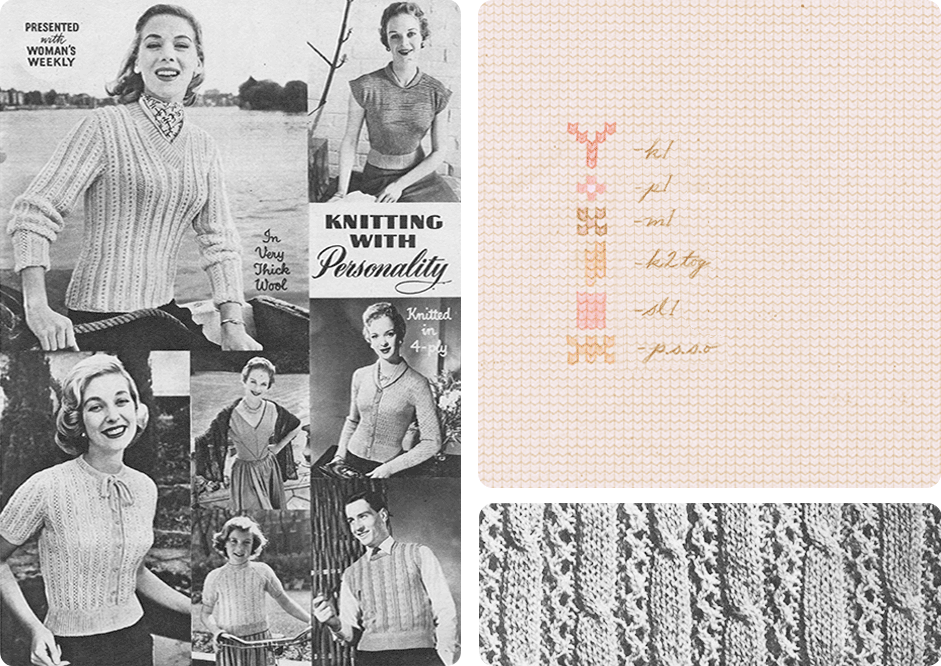Did you know that once upon a time girls read more comic books than boys? Perhaps that was why female superheroes were first created. Or maybe a world that had gone through one world war, with the threat of another one brewing, found it needed the comforting idea that someone could sweep in and make
everything safe.
I love female superheroes, they inspire me to be brave and courageous when life goes pear-shaped. Debuting in the late 1930's, and flourishing in the 40's during the "Golden Age' of comic books, I like to think they were created in response to the liberated, gutsy non-stereotypical women of that period.
In "The Great Women Superheroes" author
Trina Robbins wrote "Most of [Fiction House's] pulp-style action stories either starred or featured strong, beautiful, competent heroines. They were war nurses, aviatrixes, girl detectives, counterspies, and animal skin-clad jungle queens, and they were in command. Guns blazing, daggers unsheathed, sword in hand, they leaped across the pages, ready to take on any villian. And they did not need rescuing."
(Portrayal of women in comics)
In that vein, I like to focus on these characters as a reflection of women's strength, rather than on their tendency to become objectified (this became pretty bad in later decades).
Apparently the first known lady superhero was Sheena, Queen of the Jungle (1937). Created by Jerry Iger and Will Eisner, she was orphaned in the jungle, and could communicate with animals (though they must have been saying stuff that really pissed her off because she spent a lot of her time killing them).
Following her in 1940 was Fantoma - Mystery Woman of the Jungle, by Fletcher Hanks. She was an ageless (wouldn't that be nice) ancient Egyptian princess who turned all skull-faced when she used her powers (although, most importantly her perfect hair remained unchanged!).
Other Superb Super-Ladies that debuted in the 40's were:
Miss Fury: Who was created, written and drawn by a woman called June Tarpe Mills. Her complete anger fueled amazing-ness combined with her glamour makes her one of my favourites. She was originally called the Black Fury and while she had no superpowers, she had the rare ability to rock an absolutely cracking catsuit. Her alter ego was wealthy socialite Marla Drake.
Invisible Scarlet O'Neil was created by Russell Stamm in 1940. She was a 'plainclothes' superhero, who had gotten the power of invisibility from a ray her scientist father created. As a nice change, she led a calmer crime-fighting life than many others. Less clobbering of evil master villians, and more helping of children in need.
......and finally, I couldn't leave out Wonder Woman (developed by psychologist William Marston, and his wife Elizabeth). She debuted in 1942, and was an Amazonian Princess with cool magic bracelets who fought for sexual equality, love, and justice. While to me she will always be embodied by Lynda Carter from the 1970's TV series, here are some earlier examples:
Aren't they all terrific? Fighting baddies galore, as well as maintaining perfect hair-do's. (Wherever did they find the time to do their pin-curl sets?).


























